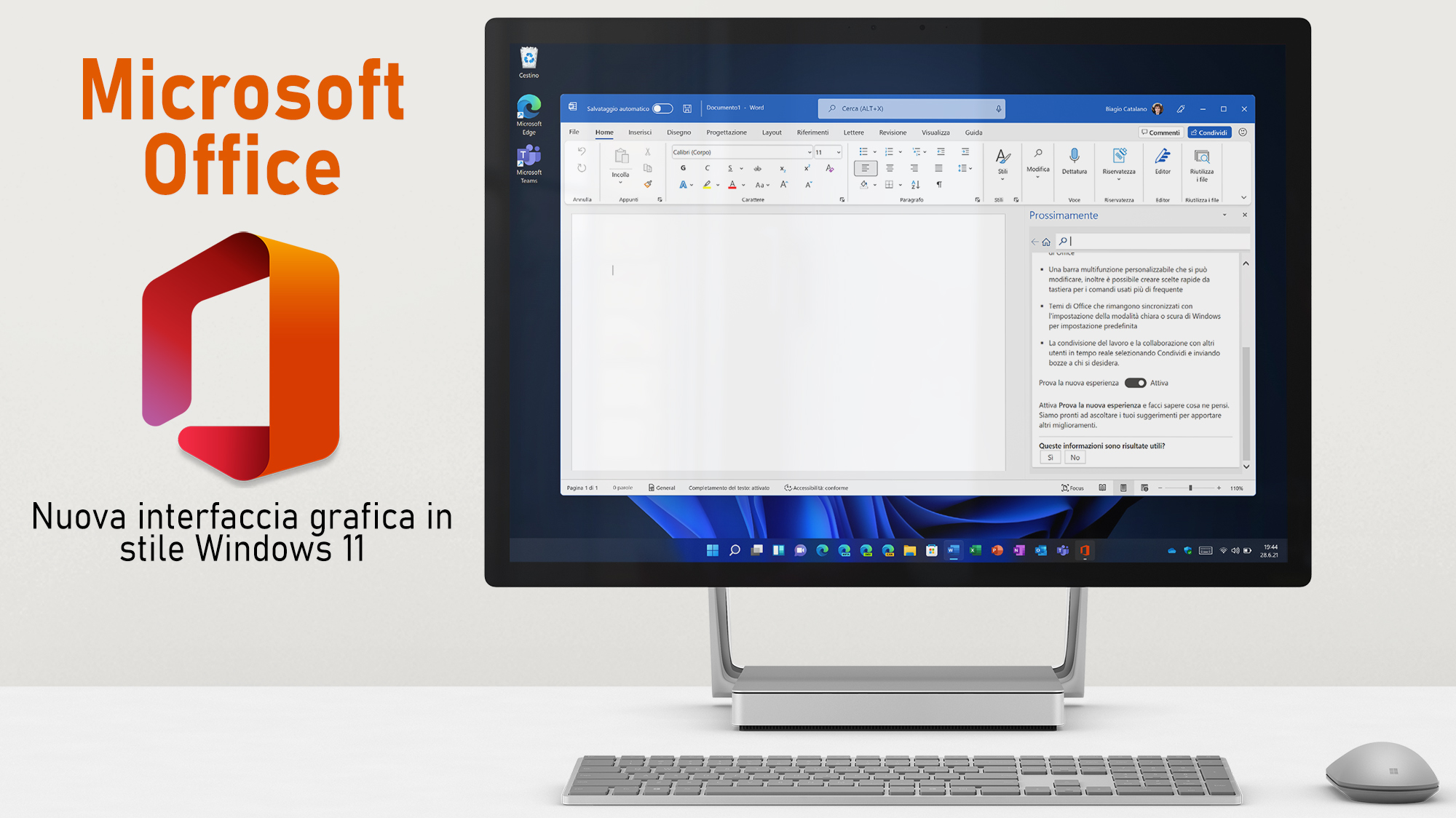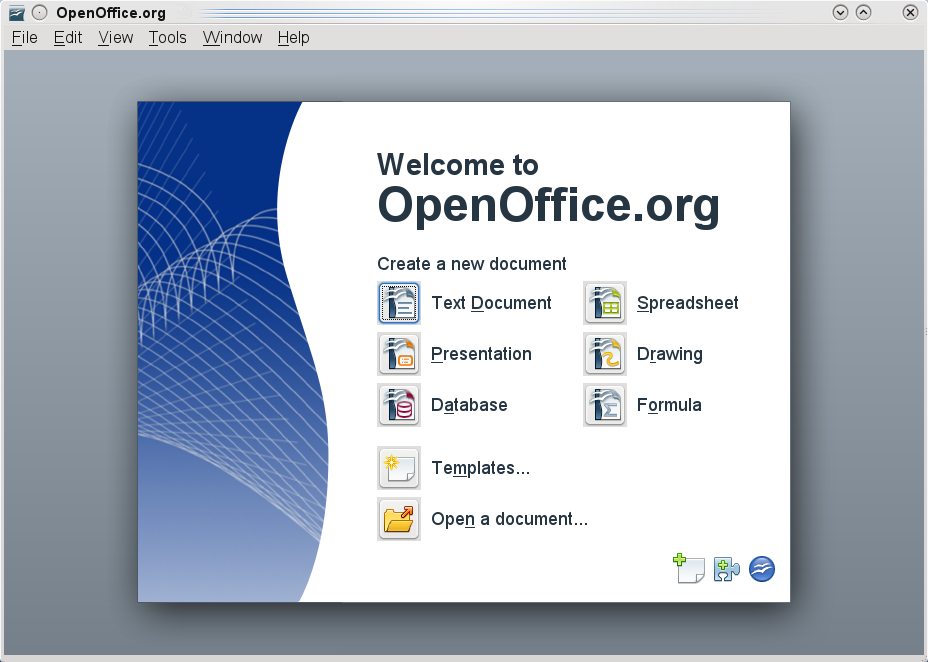

In a number of workplaces we have observed for research projects or consulting assignments, those structures have produced less interaction-or less meaningful interaction-not more. Designing workplaces for interaction between two or more individuals-or collaboration, from the Latin collaborare, meaning to work together-has never seemed so easy.īut as the physical and technological structures for omnichannel collaboration have spread, evidence suggests they are producing behaviors at odds with designers’ expectations and business managers’ desires. The architecture of collaboration has not changed so quickly since technological advances in lighting and ventilation made tall office buildings feasible, and one could argue that it has never before been so efficient. Virtual-meeting software such as Zoom, GoToMeeting, and Webex is displacing in-person meetings, making people ever-present. Enterprise social media such as Slack and Microsoft Teams are displacing watercooler conversations, making people more connected.

Messaging is displacing phone calls, making people more accessible. Open, flexible, activity-based spaces are displacing cubicles, making people more visible. It’s never been easier for workers to collaborate-or so it seems.

This approach will help them equip employees with the spaces and technologies that best support their needs.

They can then experiment to learn how to achieve the types of exchanges they want: trying various office configurations, testing a pilot floor plan before overhauling the entire space, and exploring the impact of small tweaks. Companies can use new technologies, such as sensors that track people’s movements and software that collects their digital “bread crumbs,” to learn how members of particular groups are actually interacting. The authors provide guidance on reaching such an understanding. Many companies don’t understand how to achieve the kinds of collaboration they want. They become adept at shutting people out and reading signs that their coworkers wish to be left alone. This happens because individuals, not companies, decide when and how to engage with others. But as the physical and technological structures for omnichannel collaboration have spread, evidence suggests they are producing less interaction-or less meaningful interaction-not more. Open offices, messaging, and virtual-meeting software in theory make people more visible and available.


 0 kommentar(er)
0 kommentar(er)
